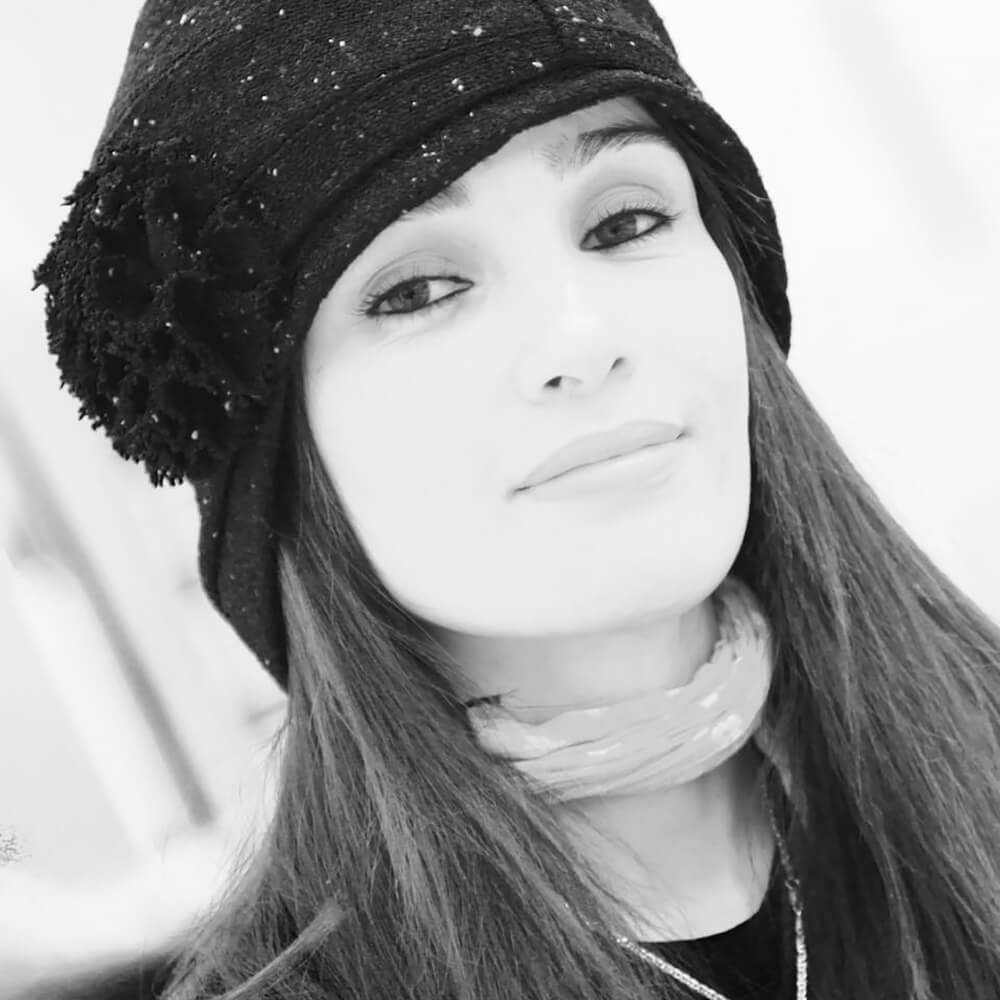Asiya Al Sharabi is a Yemeni/American Visual artist whose work has gained recognition
both nationally and internationally. Currently based in the US, she initiated her
career as a journalist and photographer before shifting her focus to artistic photography.
Her artistry is rooted in capturing the challenges faced by Middle Eastern women,
young adults, and immigrants, a perspective that profoundly influences her creations.
Her unique artistic expression thrives through photography, alternative photographer
processes, and innovative techniques like collage and inverse negative prints. These
methods not only enhance the aesthetic appeal of her creations but also delve into the
profound struggles experienced by people. Through her art, Asiya explores the intricate
interplay of politics, culture, and religion, shaping the identities of women, young
adults, and immigrants. She has been featured in various publications, including
Richmond Magazine, PBS NewsHour, and RVA Magazine.
Additionally, her artwork was showcased on the cover of Yemen Today magazine in
celebration of International Women's Day.
